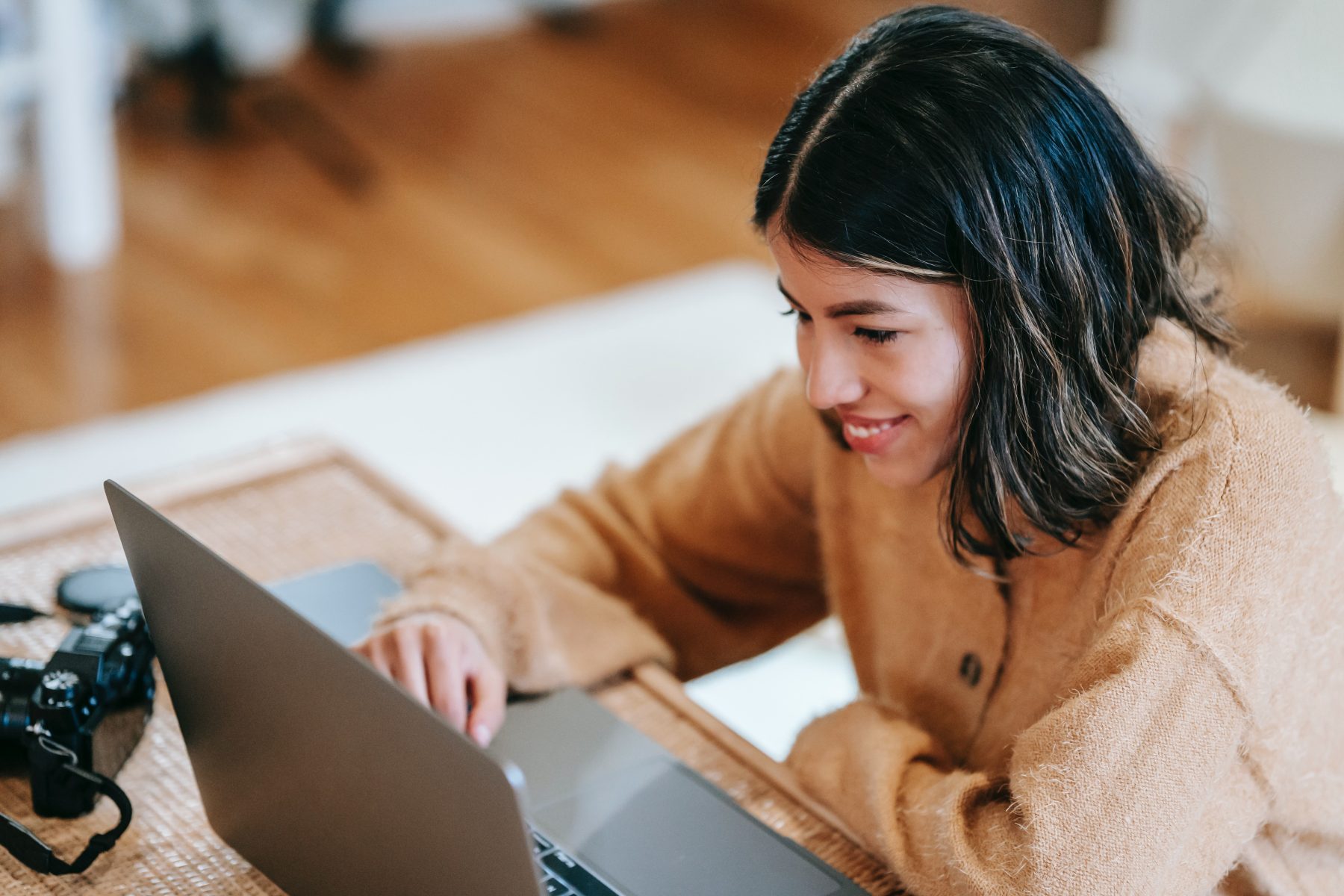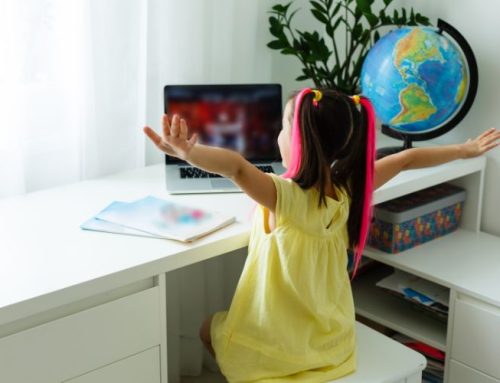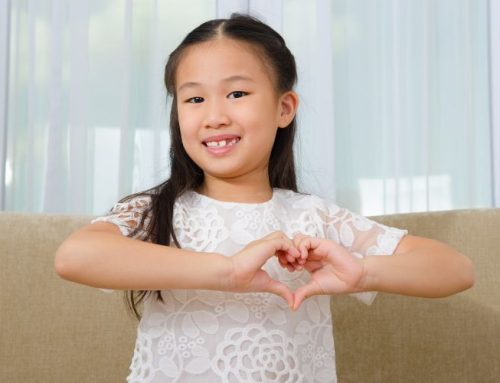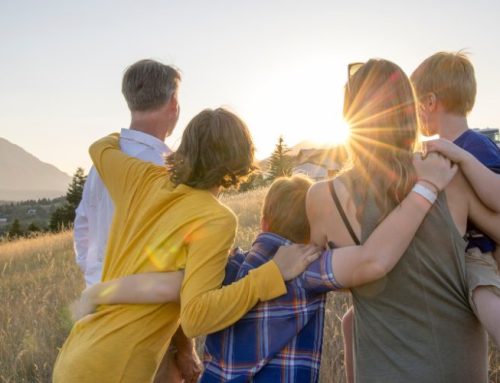Interacting with peers in safe, secure environments is important for young people’s growth and social development. Because peer interaction in SelfDesign’s online learning environment works differently than in brick-and-mortar schools, we’ve designed our programs to allow and encourage learners to interact and to get to know one another through our online learning spaces.
These online learning spaces include our online workshops, real-time meetings, circles and themes, and are usually guided by our BC certified educators.
Last year, we launched a new offering for learners to interact socially in a way that is learner-directed and also less structured. Open Spaces provides safe and informal online spaces for learners in grades 10 to 12 to meet, get to know one another outside of the more formal educator-led real-time online meetings, and share their interests with each other.
“It’s a space that’s co-designed by learners every week, where they can come together and join their peers in rooms of their interests,” says Talisha Stewart, one of the offering’s facilitators.
Informal spaces for peer interaction
“Our learners are craving social connection and meeting like-minded peers,” says Janice Green, SelfDesign’s Education Program team lead. “They tell us that. Open Spaces helps them meet that need.”
The offering is our version of a brick-and-mortar school’s common spaces – the hallways, cafeteria, front steps and library – where young people gather, connect and interact before, between and after their classes.
In grades 10 to 12, SelfDesign provides many different opportunities for learners to interact and engage online with their peers during our themes and other offerings, Talisha says. “But we were missing the informal hallway experience that is such a big part of young people’s informal social interaction in brick-and-mortar schools. Open Spaces is a way to incorporate that into the online experience.”
Learners gather on our virtual meeting platform at the start of each Open Spaces session to propose ideas for topics they’d like to create online meeting rooms for. Meghan Hodges and Talisha, education assistants with the SelfDesign Education Program team, set up the rooms based on the learners’ requests and post the topics. Once that happens, the learners take ownership of the spaces. They can visit whichever room or rooms they’re interested in to chat about the posted topic and work on a shared goal or interest. The education assistants monitor the online spaces and are available to support learners as needs arise.
Topics of interest for like-minded learners
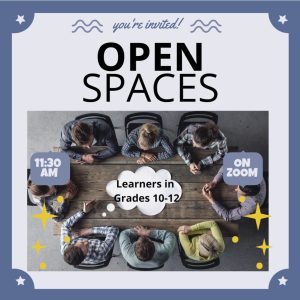 Every week, learners request an online meeting room focused on particular topics and interests. Some of these group gatherings consistently happen each week, such as the creative writing group. This is a focused group with an agenda and agreed-upon tasks and projects to work through each week.
Every week, learners request an online meeting room focused on particular topics and interests. Some of these group gatherings consistently happen each week, such as the creative writing group. This is a focused group with an agenda and agreed-upon tasks and projects to work through each week.
Learners have also hosted rooms to share and appreciate music and rooms to explore the topic of psychology, Meghan says. “There’s also been requests for a room about climate change and climate activism.”
“That’s pretty exciting,” Talisha says. “Environmental Science is a course in one of our grade 11 themes this semester, so it will be interesting to see what learners in the climate change group do with this.”
Whether the learners do anything as a result of their Open Spaces discussions is up to them. However, if learners document a discussion that is related to one of their themes or courses, they may be able to use it as an artifact of learning to add to their learning portfolios.
Open Spaces has also been where learners could meet up with peer tutors for help with Math, Science, English, setting up learning portfolios or other subjects or aspects of learning. (Peer tutoring is on hold for the time being, as the program team determines how best to support the program and connect the tutor–learners with learners who’d like their help.)
“It can be something as structured as that, but it can be completely unstructured, too,” Talisha says.
Meeting and making friends
Some learners go to Open Spaces to meet up and catch up with friends.
“We have learners who also ask for an untitled room – that would be a social room – where they just hang out together and go with the flow,” Talisha says.
But it’s also where they can make new friends.
“The learners have to bring forward their interests and passions, or what they would like to do,” Janice says. “And once those are set up, you’re going to meet like-minded people if you’re in that room. This gives learners the opportunity to create new friendships, too, not just meet up with existing friends or peers from their themes.
Room to grow
Although Open Spaces takes place weekly, on Thursdays at 11:30 a.m., Janice says the team is open to expanding the offering. They’re considering offering it several times during the week and at a range of different times, as well as to other grades.
“If they come, we will make room for them.”
Learn how learners in grades 8 to 12 connect and engage through regular learning activities

